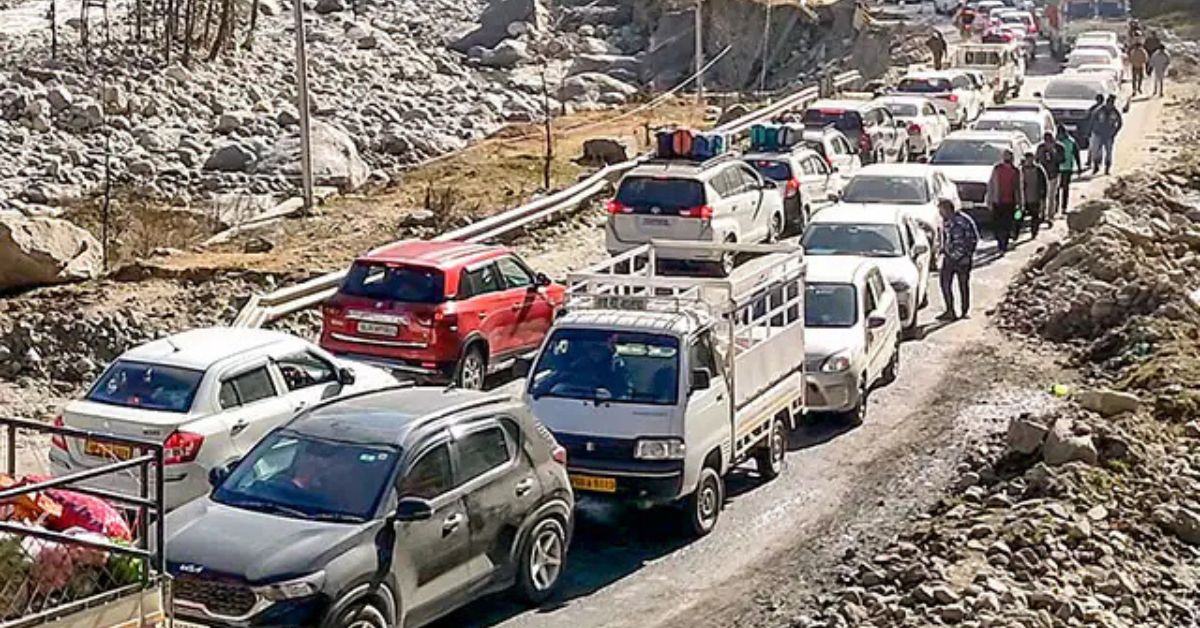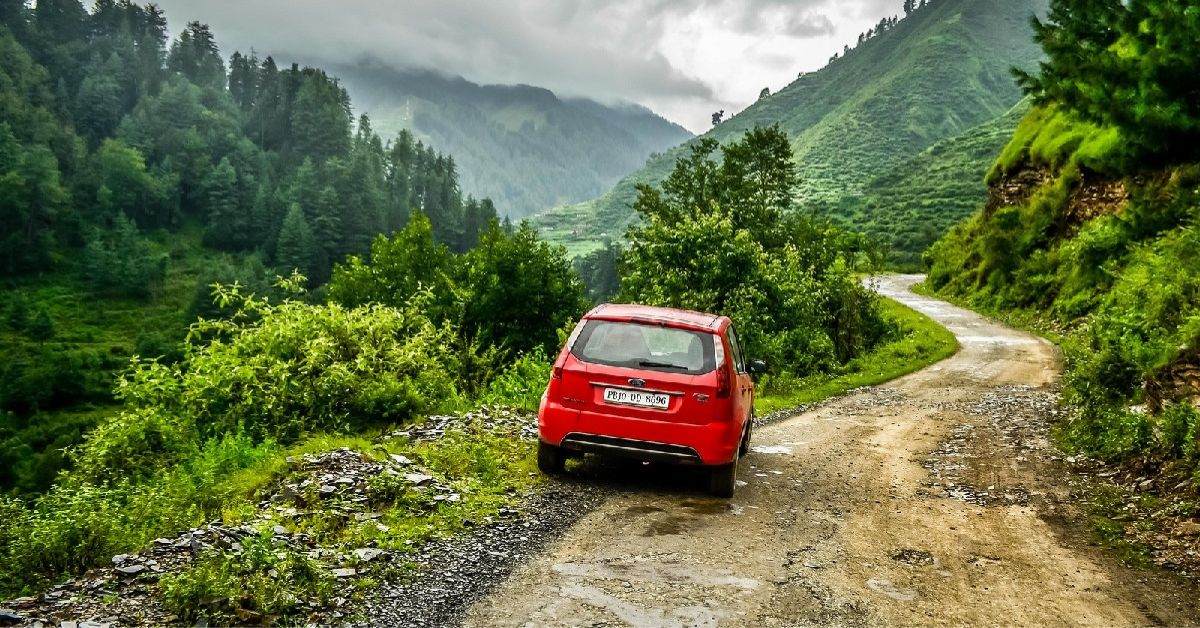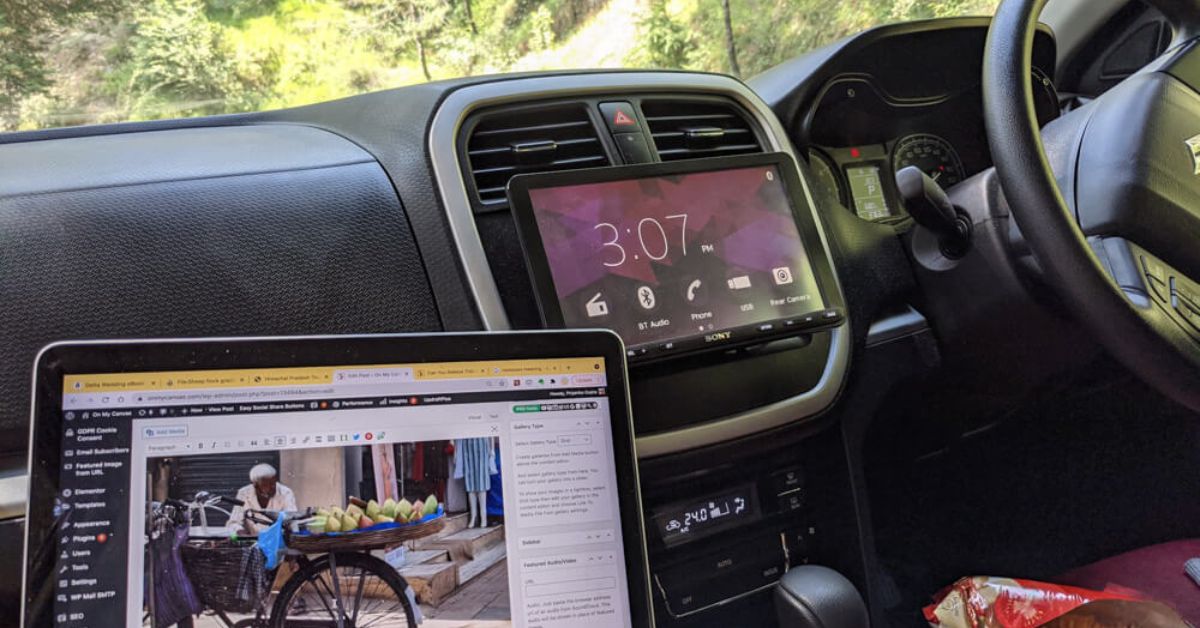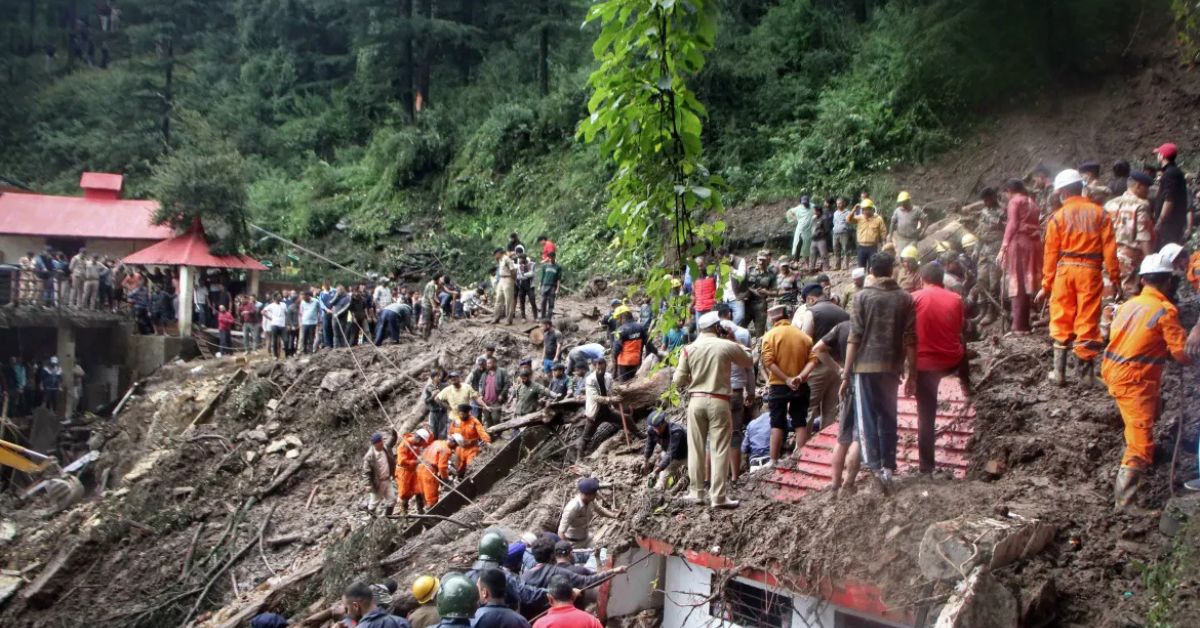Himachal in the Monsoon: A Traveller’s Guide to Staying Safe During Floods & Heavy Rains
There’s something wildly romantic about monsoon in the mountains. The clouds drifting lazily over green valleys, the scent of pine trees after a downpour, the quiet hum of raindrops on tin roofs — Himachal Pradesh in the rains feels like a postcard coming alive. But just as quickly, that postcard can crumple into a water-stained mess.
Every year, tourists flock to Himachal for misty views and Instagram-worthy adventures — but many forget that nature here is not just scenic, it’s also serious. In recent years, flash floods, landslides, and sudden road blockages have become increasingly common, often catching travellers off guard. So if you’re heading into the hills during monsoon, it pays to be more than just a dreamer with a backpack — you need to be a prepared one.
Here’s your no-nonsense, yet slightly romanticised guide to exploring Himachal during its most unpredictable season.
Before you go: Plan like a local, not a tourist
First things first — check the weather forecast like it’s your favourite series cliffhanger. The India Meteorological Department (IMD) website and apps like Windy or AccuWeather offer daily updates. Avoid planning travel during an orange or red alert.
 Plan your trip carefully to avoid hours of traffic jam in Himachal. Picture source: NDTV
Plan your trip carefully to avoid hours of traffic jam in Himachal. Picture source: NDTV
If you’re heading to remote areas like Kinnaur, Spiti, or the upper reaches of Manali, check with locals or the tourism office beforehand. Many roads in Himachal are one-way, winding cliff-huggers that can be blocked by a single landslide. Always have a backup plan — or better yet, a backup route.
Also, go analogue. Save offline maps, and download hotel and emergency contact numbers before your trip. Mobile networks, especially in interior valleys, tend to vanish quicker than tourists when the rain starts.
How to pack: Think practical with a splash of waterproof
Ditch the fashion-first packing. Your umbrella will be useless against hillside winds, so carry a full raincoat or poncho. Waterproof your backpack with a good cover and pack clothes in ziplock bags. Carry a small towel, quick-dry clothes, and sturdy, non-slippery footwear. A torch, basic meds, a power bank, and high-energy snacks are essentials, not afterthoughts.
Road tripping? Be rain-ready, not rain-risky
If you’re self-driving or riding, make sure your vehicle is monsoon-ready. Tyres, brakes, wipers — check everything before you head up. Fuel up at every major town. Don’t rely on the next station — in Himachal, it might be 70 km away on a broken road.
 Fuel up at every major town and don’t rely on the next station.
Fuel up at every major town and don’t rely on the next station.
Avoid driving at night during the rain. Landslides often occur without warning, and roads can be blocked with little visibility. If you’re taking a cab, speak to local drivers beforehand; many will have real-time updates from other drivers on which routes are safe.
If you’re caught in a flash flood: A quick response guide
1. Don’t panic, think high ground:
Your first instinct might be to run. Instead, move upward — climb to a higher level, roof, hillock, or even the top floor of a building. Flash floods rise fast, but often recede quickly too.
2. Don’t cross flowing water:
Even ankle-deep water can knock you off balance. Don’t try to wade through moving water or drive across flooded bridges. The current might be stronger than it looks.
3. Switch off power sources (if indoors):
If you’re inside a homestay or building, turn off electrical appliances and gas connections to avoid electrocution or leaks.
4. Stay updated via local radio or police helpline:
If a network is available, check with local helplines or Himachal Pradesh Disaster Management’s alerts. Tourists can dial 1077 in case of emergencies.
5. Don’t rely on navigation blindly:
 Flood-affected areas might be shown as open on maps so be careful while driving. Picture source: On My Canvas
Flood-affected areas might be shown as open on maps so be careful while driving. Picture source: On My Canvas
Flood-affected areas might be shown as open on maps. Trust locals or the police instead.
6. Avoid filming and focus on safety:
Flash floods aren’t a chance for viral content. Stay off bridges, don’t shoot selfies in the rain, and keep both hands free for emergencies.
Why flash floods happen in Himachal:
Flash floods in Himachal are not sudden — they’re swift. The steep terrain, deforestation, and excessive construction have made mountain slopes unstable. When it rains heavily, especially during cloudbursts, the water can’t percolate into the ground quickly. Instead, it rushes down slopes, picking up mud, stones, and debris, turning into dangerous torrents.
Climate change has made the monsoon more erratic. Bursts of heavy rainfall over short periods lead to swollen rivers, collapsed roads, and waterlogging in even traditionally dry areas.
 Flash floods in Himachal are not sudden — they’re swift. Picture source: AFP
Flash floods in Himachal are not sudden — they’re swift. Picture source: AFP
The Beas, Sutlej, and Ravi rivers often swell dangerously during monsoon, especially when dams release excess water. Tourists unaware of these realities often camp too close to riverbanks, unaware of how quickly water can rise.
Himachal Pradesh is still stunning in the monsoon — greener, quieter, and calmer than peak tourist season. But treat it with the reverence it deserves. The mountains are kind to those who listen. Respect local advice, stay informed, and avoid taking reckless routes for thrill’s sake.
Because a good travel story is not about how risky it was, but how well you came through, dry shoes or not.
Edited by Vidya Gowri Venkatesh
News